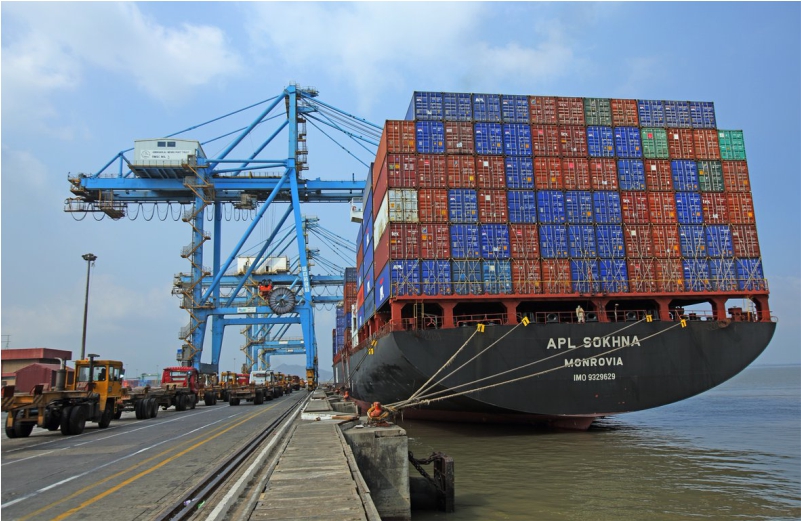[vc_row][vc_column][vc_column_text]
An exciting region for port development globally, South Asia had a busy 2016 and much more is expected in 2017. Geopolitics is probably the biggest driver of port activity in South Asia, as regional powers invest in facilities to increase influence in the Indian Ocean and develop better access to resources and future markets in Central Asia and the Middle East.
The high-profile, China-built Gwadar port in Pakistan, a major Belt and Road hub, made an effort to demonstrate its purpose in November with a ceremony attended by high-level officials celebrating the first large consignment of goods to travel overland from China and be shipped out of the port in the Southwest of the Country.
Like Gwadar, Chabahar Port is also on the Arabian Sea and located just 70 kilometers (43.5 miles) from the Pakistani port. Though the progress on the project is slow, but there is commitment from India at the highest level, and more interesting developments in this part of the world can be expected over the course of 2017.
Sri Lanka is another major destination for Chinese Belt and Road funding for port development. An official agreement for state-owned China Merchants to buy an 80 percent stake in the loss-making Hambantota Port for more than $1 billion is expected early in 2017. The purchase of the loss-making port will complement the company’s existing investment in Colombo International Container Terminal, which is rapidly becoming one of the region’s major transshipment facilities.
Bangladesh is another Country in South Asia to watch this year as competition to develop much-needed modern port facilities intensifies.
After 10 years of average annual growth of 6 percent, the South Asian Country desperately needs modern port infrastructure. Its export sector is expected to eclipse $50 billion in value by 2021 as global demand for its ready-made woven and knitted garments, frozen foods, jute, and leather continues to rise.
In India, the mammoth Sagar Mala port-led development program will continue to be the main driver of port development over the course of 2017.
Sagar Mala is centered on the modernization of India’s ports as well as the provision of infrastructure that can move goods to and from ports quickly, efficiently, and cost effectively. Port hinterlands are to be industrialized and lead economic transformation of the Country’s coastal regions, which already account for more than 60 percent of national GDP.
The program is central to Prime Minister Narendra Modi’s plans to build a manufacturing-led, trade-export growth economy mainly fueled by private domestic and foreign investment.
The Government hopes that slashing logistics costs to around 10 percent from 18 percent will allow it to reach this goal.
The program envisages spending somewhere between $10 billion to $11 billion on port upgrades over the coming five years, adding up to 1,500 tonnes per annum in capacity and including the development of several new greenfield ports. A further $3 billion or more is to be spent on dozens of last mile port-rail links to increase the efficiency and cost effectiveness of delivering cargo to and from the ports.
[/vc_column_text][/vc_column][/vc_row]








